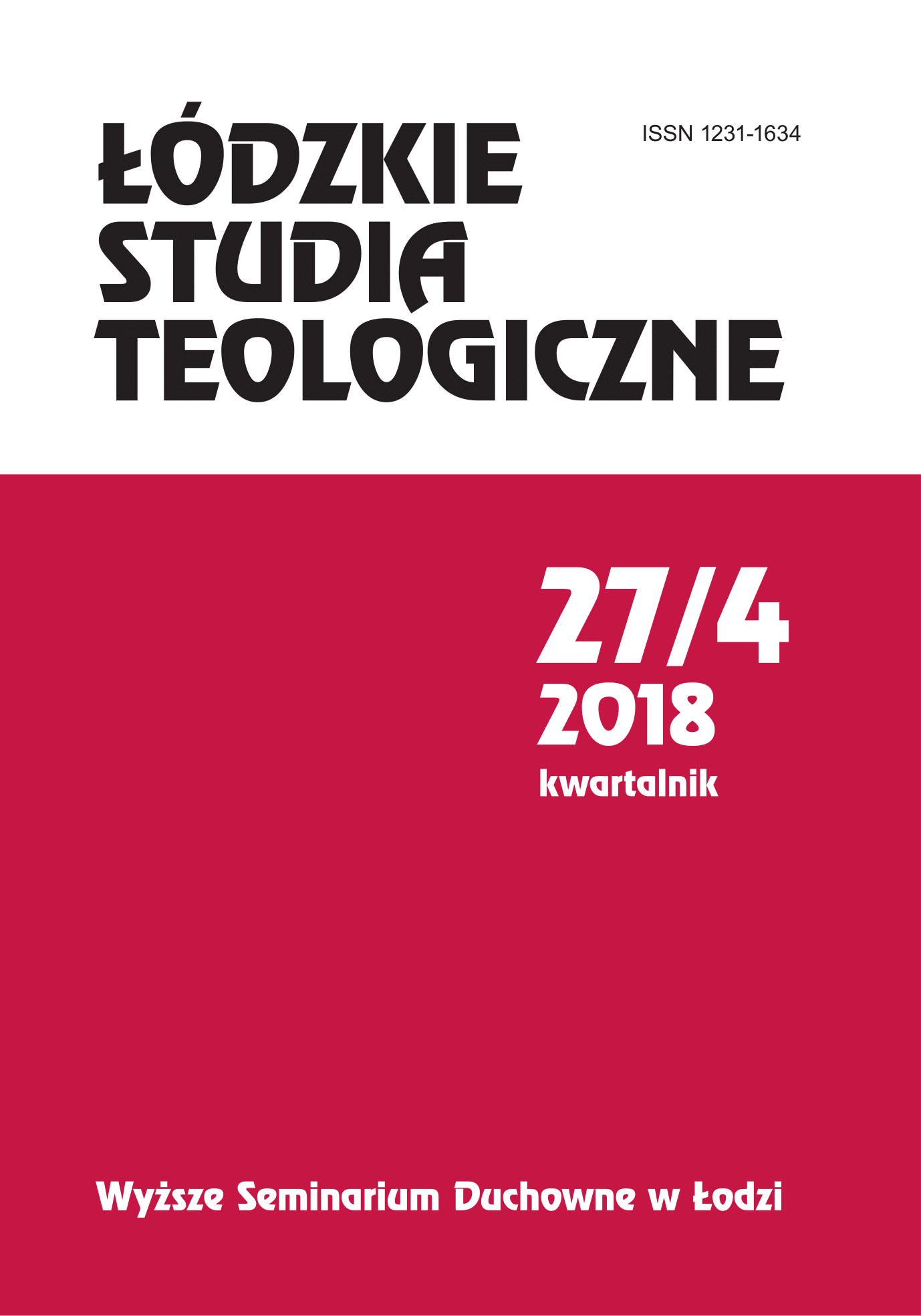Cmentarze polskie na Syberii. XIX–XXI w.
Polish cemeteries in Siberia in the 19th–20th centuries
Author(s): Sergiusz LeończykSubject(s): Special Historiographies:, History of Communism
Published by: Wyższe Seminarium Duchowne w Łodzi
Keywords: Poland; Russia; Russian Empire; Siberia; Polish diaspora; Catholic Church; Polish cemetery
Summary/Abstract: The scientific purpose of the article “Polish cemeteries in Siberia in the 19th–20th centuries” is to present the history of Polish necropolises in this region. The main reason of the emergence of such necropolises is moving of Poles to the Asian part of the Russian Empire. The first separate cemeteries were founded at the initiative of the Catholic Church which was active in large centers of Siberia such as Irkutsk, Yekaterinburg and Tomsk at the beginning of the 19th century. At those Catholic cemeteries were buried the representatives of German, Lithuanian and other European nationalities, but the number of Polish burials averaged about 90%. The towns which had no separate Catholic cemeteries allocated special parts of common cemeteries to bury Catholics. The first research on this topic was done by Agaton Giller. It was entitled “Polish tombs in Irkutsk” and published in Cracow in 1864. Periodically this topic was mentioned in different articles published in magazines of interwar Poland. In the Russian Empire representatives of other nationalities and denominations were allowed to make burials in separate cemeteries. But during the Soviet period such cemeteries were systematically destroyed, especially the ones which were situated in the city boundary. The exceptions were the burials considered to be worthwhile by the Soviet authorities, for example the tombs of revolutionists and Decembrists. Such burials were transferred to city squares and walkways. With the destruction of Catholic necropolises there was a simultaneous closure of Catholic churches and other cultural institutions. For example the Catholic necropolises of Tomsk and Irkutsk were destroyed irretrievably. Nowadays Polish burial sectors are saved in cemeteries of Perm, Tobolsk and Krasnoyarsk. Individual tombs are also situated in cemeteries of Ufa, Minusinsk and Novosibirsk. The burials made during the Second World War are to be classified as a separate group. Basically, these are the tombs of deported citizens from the eastern regions of Poland. In the southern Ural and the Volga region there are military cemeteries of soldiers and officers of General Vladislav Anders’ Army. Polish rural cemeteries also form a separate group. A well-preserved cemetery of the Despotzinovka village in the Omsk region is especially noteworthy because it represents a typical Polish cemetery. Nowadays representatives of the Polish Diaspora and Funds united in the Congress of Poles in Russia, take care of the majority of those necropolises.
Journal: Łódzkie Studia Teologiczne
- Issue Year: 27/2018
- Issue No: 4
- Page Range: 9-31
- Page Count: 23
- Language: Polish

